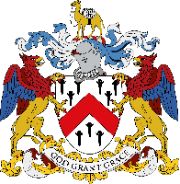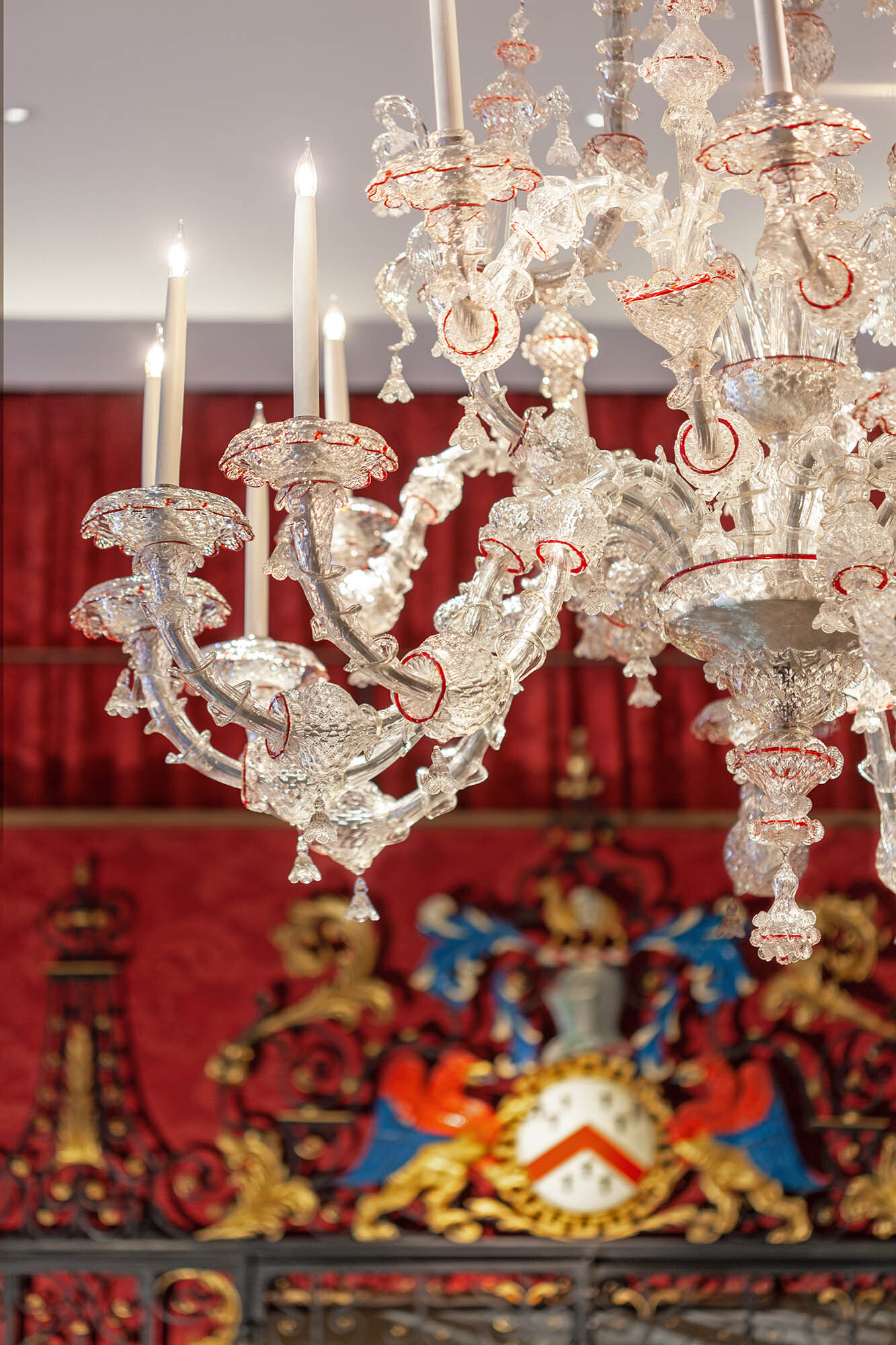Mr Rupert Gavin drew our attention to a recent article in the Evening Standard, heralding the return to London of a magnificent portrait of a Lord Mayor to hang in the ‘British Baroque’ exhibition at Tate Britain. The portrait, owned and lent to the exhibition by the Banque de France, had been purchased early last century under the mistaken belief that it was of Louis XIV’s son the Dauphin, the title given to the heir apparent to the throne of France. This attribution was based on the dolphins (the French for dolphin being dauphin) decorating the elaborate horse harness, that also appear on the Dauphin’s arms. The portrait had been brought to the attention of Mr James Roundell in 2014, by Lane Fine Art, who suggested that the portrait was of Houblon.
When Mr Roundell had Mark Carney to lunch at the Hall soon after, he jested that he might like to buy it, and restore it to its rightful place in Princes Street. As the sitter holds the pearl-studded sword of state presented to the City by Elizabeth I, and the outline of Temple Bar (left) and the dome of St Paul’s (right) are visible in the background, his identity as a Lord Mayor is secure. But which Lord Mayor? Unlike the Dauphin’s dolphins which have been open to interpretation, the arms of the Grocers’ Company also on the harness are not. It was assumed, given the grandeur and size of the painting, that it was the Grocer and first Governor of the Bank of England, Sir John Houblon (1632-1712), Lord Mayor in 1695-6. However the Tate curators put the dolphins, Grocers’ arms and Mayoralty together, to suggest that the portrait is not of Houblon but of another great Grocer, Sir Henry Tulse (1620-89), (who gave his name to Tulse Hill), Lord Mayor in 1683-4, his arms being a bend nebulae (wavy) between two dolphins embowed (curved). I can think of no other portrait of a Lord Mayor mounted on horseback. Tulse’s white steed matches in colour and pose that of the King in another painting in the exhibition. As Tulse was placed in post by King Charles II this would reinforce his candidature for sitter and explain its unique composition. Meanwhile the Tate curators are playing it cautious, giving the date of the painting as c.1695-1705, suggesting a retrospective portrait, other possible sitters, and noting that an article on the subject is forthcoming, which we await with anticipation.





